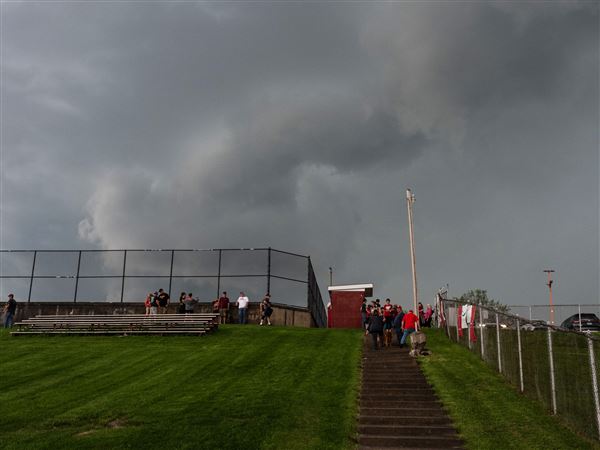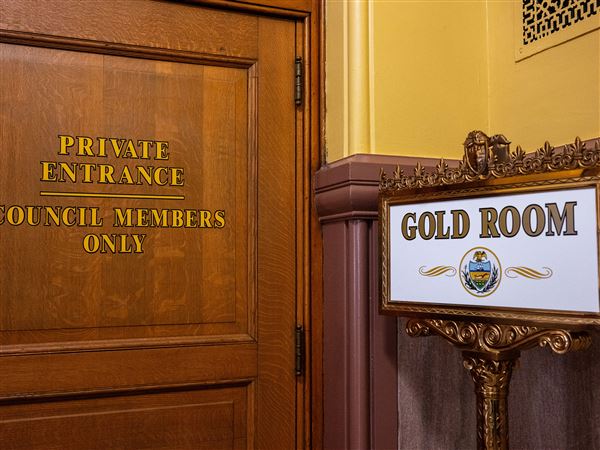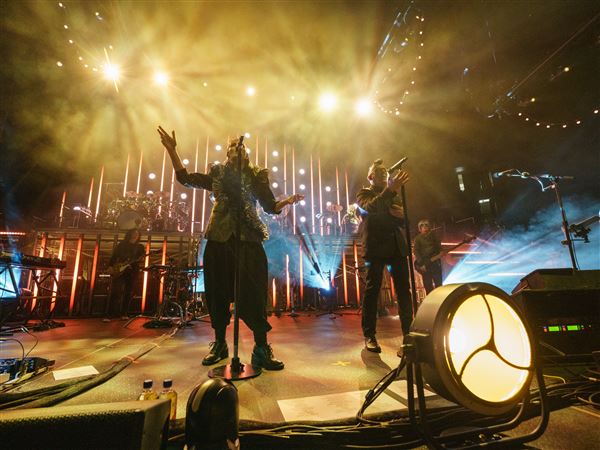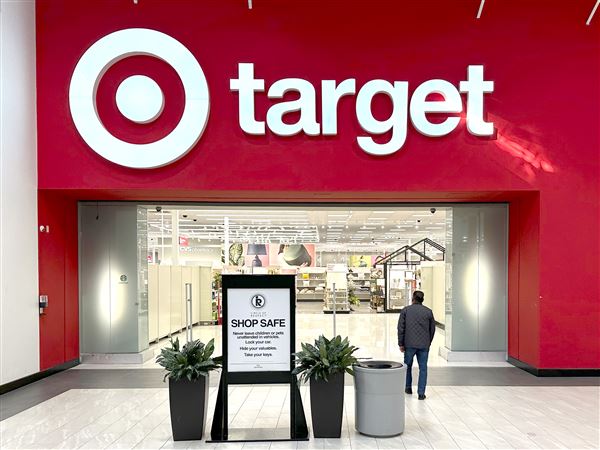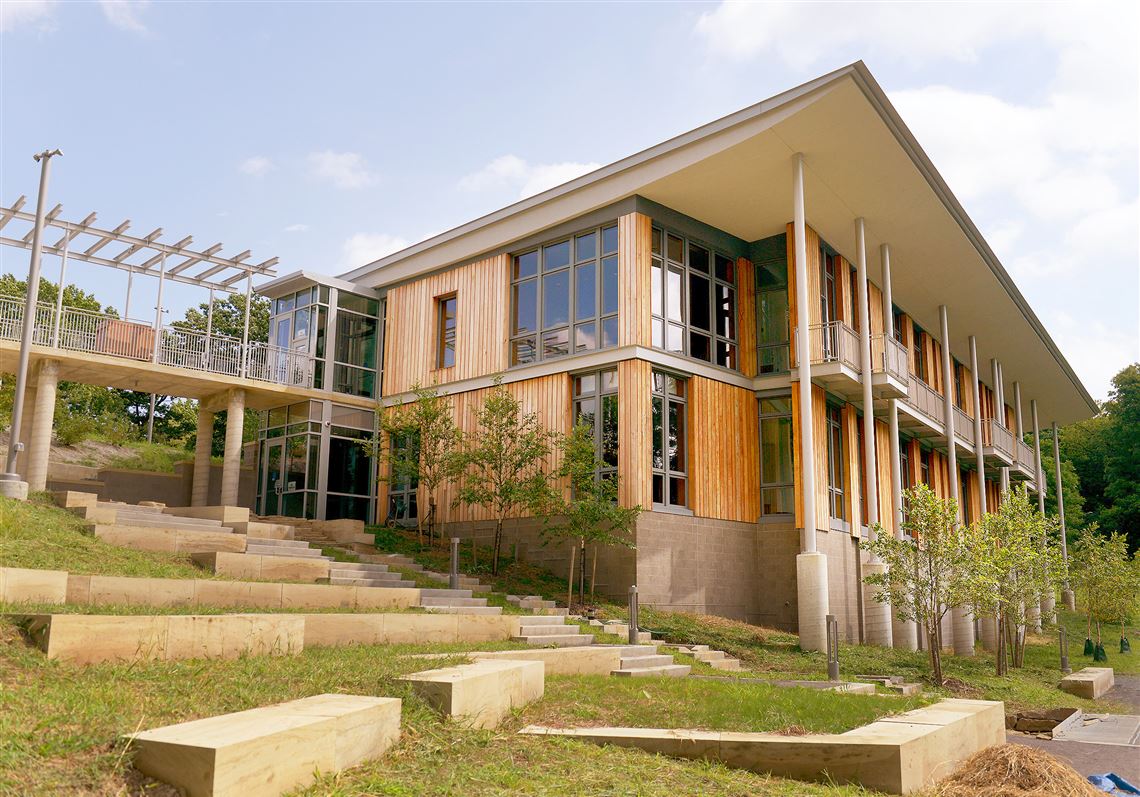Gone is the siding-covered trailer that for more than a decade sat like an intruder behind the stone gatehouses at Frick Park’s Beechwood Boulevard entrance and served as a Pittsburgh Parks Conservancy classroom.
In its place, native plants like those used in the 1800s by escaping slaves for food, medicine and shelter are taking root in the “From Slavery to Freedom Garden.”
The garden is part of a four-acre, $19 million park facelift that features the new Frick Environmental Center, designed to be a “living classroom for environmental education” and the “greenest” public building in the world.
The center, a project of the Pittsburgh Parks Conservancy and the city, will open to the public at 10 a.m. Saturday. Day-long activities will include free tours of the 15,500-square-foot building in Squirrel Hill, environmental education program sampling, music and entertainment, and food trucks.
“This is designed to be a neighborhood-to-nature project,” said Patricia Culley, project architect with the design firm Bohlin Cywinski Jackson. “We want to bring people in through the arc of walkways and building and then into the park. The Frick Environmental Center is really the whole four-acre site.”
The $19 million cost of the project is slightly more than the original $18.4 million price tag. The conservancy has raised 90 percent of the needed funding.
A tour of the project site Thursday morning, led by Scott Roller, a Pittsburgh Parks Conservancy spokesman, showed off a variety of features, including a massive solar panel array over the parking lot that produces enough electricity to meet the power needs of the environmental center building and collects enough rainwater to supply its non-potable water needs; an outdoor amphitheater; and a new high-efficiency fountain that requires less water and electricity to operate and uses a perimeter of coping stones from the original fountain at that site.
The three-story environmental center building, which replaces a classroom building built in 1979 and destroyed by fire in 2002, has both adult and small, child-sized entrance doors; two indoor and two covered open-air outdoor classrooms; a community gathering and reception area; public restrooms; and conservancy office space. It employs a heating and cooling system using 18, 525-foot-deep geothermal wells. And it’s built into a hillside so it presents a sweeping but low natural skyline from the gatehouse entrance.
“The building was designed to sit out among the trees,” Mr. Roller said. “As the trees grow, the building will all but disappear.”
And if it performs as expected, as a zero net energy and water user, it will qualify for LEED (Leadership in Energy and Environmental Design) Platinum designation, the highest certification of the U.S. Green Building Council, and the even more stringent Living Building Challenge certification from the International Living Future Institute. Only 11 buildings in the world -- a list that includes the Phipps Center for Sustainable Landscapes in Oakland -- are Living Building Challenge certified.
Mr. Roller said the LBC certification process takes a year after the official opening of the project. The LEED certification could be granted in just a few months.
Noah Shaltes, project manager for PJ Dick, the firm doing the construction, said the project required a high level of cooperation among the construction firm, the Pittsburgh Parks Conservancy, the city and Bohlin Cywinski Jackson.
“We are trying to do something here that hasn’t been done before,” he said. “We’ve done a lot of LEED buildings and those are easy compared to the Living Building Challenge.”
Mr. Shaltes said the geothermal well system posed a “messy” challenge because of the drilling into a variety of rock strata. “But it’s cool, living in a city that’s defined by water to have this whole building heated and cooled by water.”
And water is a major component of the project, Mr. Shaltes said, from the permeable pavement that will allow storm-water infiltration on the northern end of the project, the 80-foot-long “rain veil” that will fall from the north side of the center during storms, and the natural-looking water course and storm-water retention ponds on the south side of the building.
Visitors this weekend also will see several unfinished areas around the center building -- the interiors of the two historic gatehouses at the Beechwood Avenue entrance remain unfinished, the signature fountain won’t be gurgling, and some of the tree and shrubbery planting has been delayed until fall.
“The removal of non-native plants and the planting of locally native plants and trees has been a hard task,”said Camila Rivera-Tinsley, director of education for the Parks Conservancy. “But it also provides an ongoing opportunity for community and student volunteer involvement.”
According to the conservancy, it expects the education programs at the center to top 20,000 student participants a year five years after programming begins, as well as “several hundred thousand casual park visitors.”
For a full schedule of Saturday events at the Frick Environmental Center, or to register for guided tours, visit pittsburghparks.org.
Don Hopey: dhopey@post-gazette.com, 412-263-1983, or on Twitter @donhopey

First Published: September 9, 2016, 4:00 a.m.

